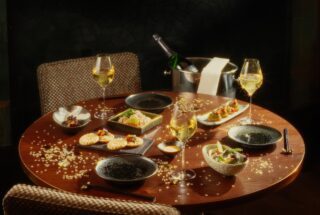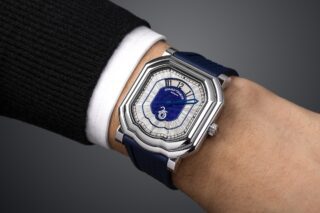This website uses cookies so that we can provide you with the best user experience possible. Cookie information is stored in your browser and performs functions such as recognising you when you return to our website and helping our team to understand which sections of the website you find most interesting and useful.
Famed hotel designer Pierre-Yves Rochon on his crystal collaboration with Lalique
By Michelle Johnson | 17 August 2018 | Lifestyle
Bringing his interior design skills to Lalique, Rochon reveals all behind his signature collection
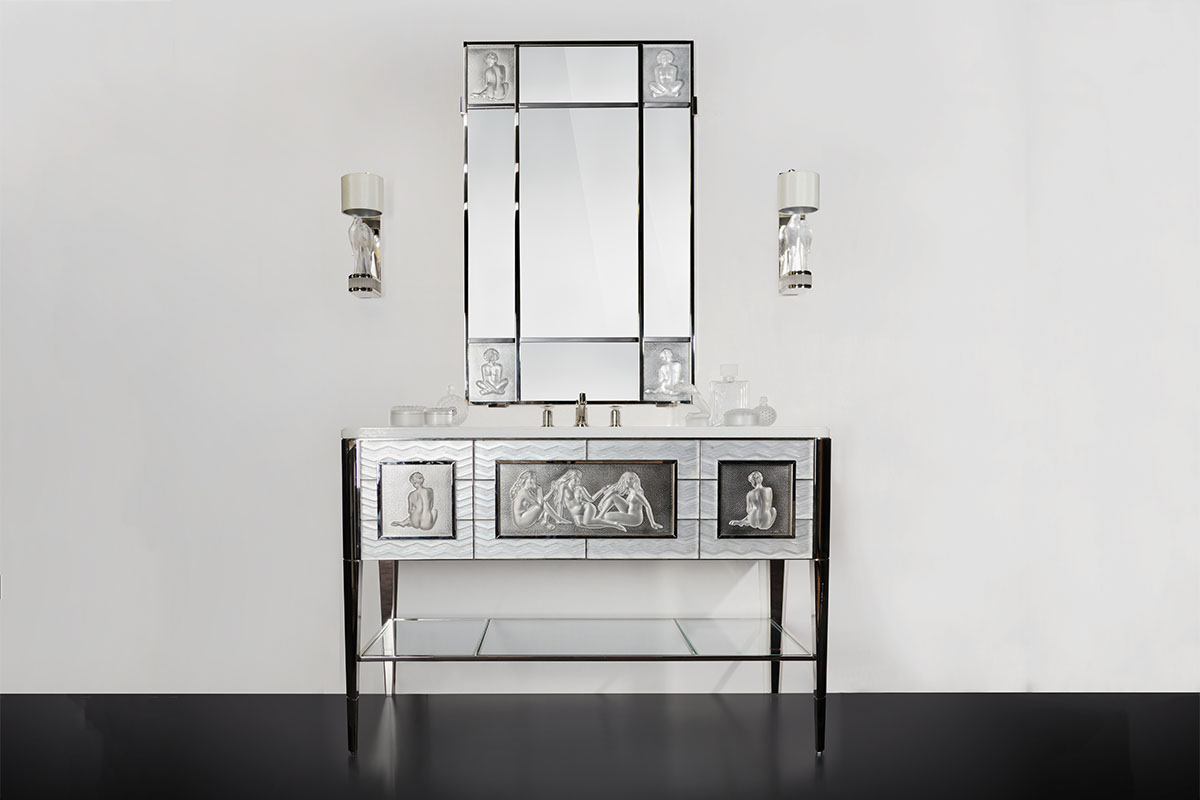
When it comes to hotel design, the work of Pierre-Yves Rochon can only be described as iconic. It's an overused phrase, yes, but for the designer of luxury landmarks such as the Four Seasons Hotel George V in Paris, Waldorf Astoria Beverly Hills or London's The Savoy there can be no substitution.
The interior designer, who set up his own company PYR in 1979, is constantly topping 'best of' lists for his work, whether luxury interiors, hotels and private clients. While always bringing something new to his locations, Rochon's fingertips can be traced in the symmetry and precise lines that dominate his work, creating drama by use of lighting and shadow.
His latest collaboration with Lalique combines his clean interior style with crystal material, and includes entirely unique pieces, such as chairs and bathroom vanities, that have never been attempted. "With this new Signature collection of furniture, I wanted to write a new story in which metal sublimates the transparency, purity and brilliance of crystal," said Rochon.
Stand out pieces include the vanity in clear crystal, bright nickel and marble, which features delicately carved, stylised female figures and the Coutard table, a partially mirrored pedestal table in clear crystal, bright nickel and extra white glass. The Coutard table also has matching chairs in brown or black, with the back adorned with crystal. Similar tables feature intricate carvings, such as Roses and Soudan. Here, the designer tells Tempus how he is inspired by the material, his use of light, and the landmark projects that remain dear to his heart…
How did your collaboration with Lalique begin?
My first collaboration with Lalique was when I began to use their products in my work. For one project, I designed metal and crystal into the furniture using existing crystal panels from the Lalique collection. The team at Lalique thought the creation felt fresh and interesting, and that it matched the spirit of the Lalique. And so began our creative collaboration. >>
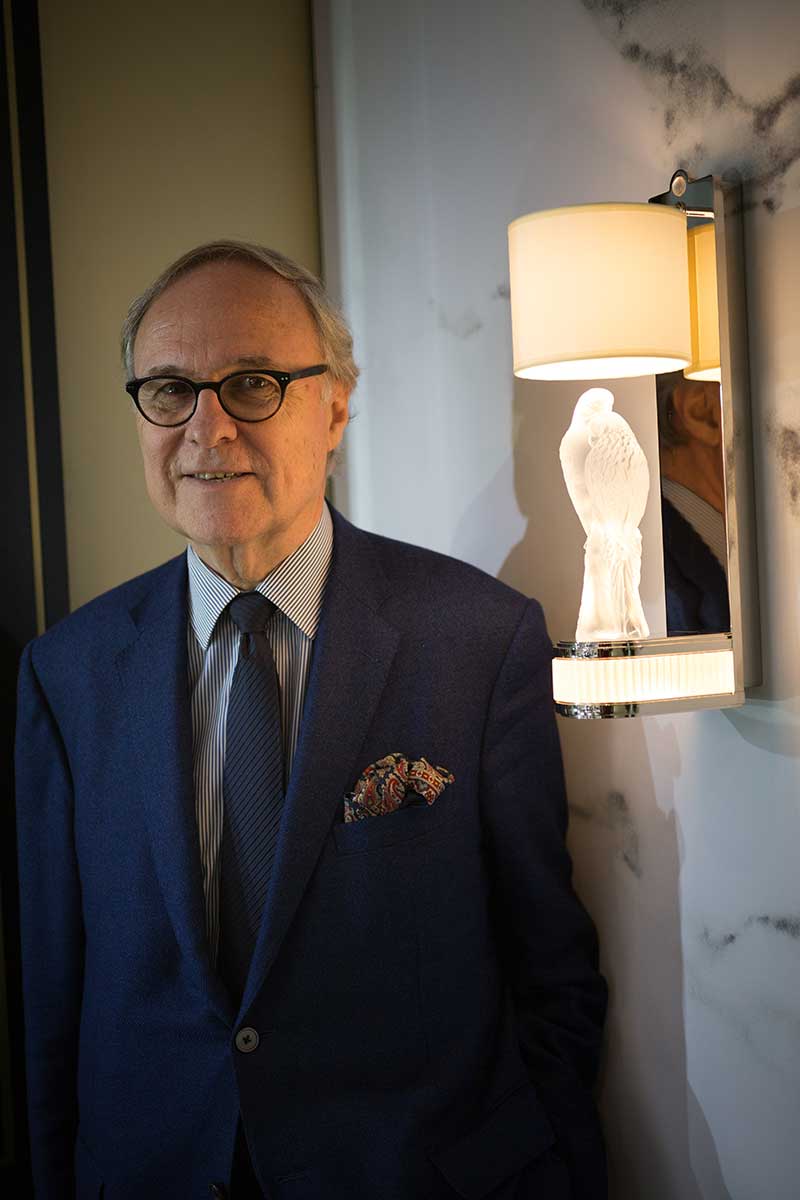
Your Signature Collection uses crystal in new ways for Lalique. Could you tell us about the innovations you wanted to introduce in this collection?
The Signature Collection is indeed a new way to use crystal; to craft furniture from metal and crystal was very new. We chose colours and finishes for the crystal and used bronze and brilliant nickel in ways that were unique. Even the types of furniture, such as pieces for the bathroom, had not existed at Lalique previously.
How did you approach using crystal in your designs?
Crystal is the foundation, the signature, of Lalique. Customers come to Lalique for their crystal pieces – for the quality of the crystal, for its fine craftsmanship. For the new chair I designed, it needed to showcase the crystal to be part of the Signature collection, so I proposed in my drawings a composition of crystal squares and on both front feet.
What were the challenges in creating this collection?
The challenge when creating a collection is to be fair, to be true. To understand what your customer wants, and to know how to highlight the product, in this case, the beautiful crystal.
You are best known for your hotel designs. How does your approach differ for each project?
Each project is different, each project is unique. The first and most important steps are to listen, analyse, and think deeply about the subject. Only after this is when I dream and draw. My inspirations come from everyday life, my curiosity, and my travels. Art and inspiration can be found in all places. It can be an opera. It can be a ballet or a concert. It can be a movie or an exhibition. Two projects are very near to my heart – the Four Seasons George V in Paris and the Four Seasons Florence. >>
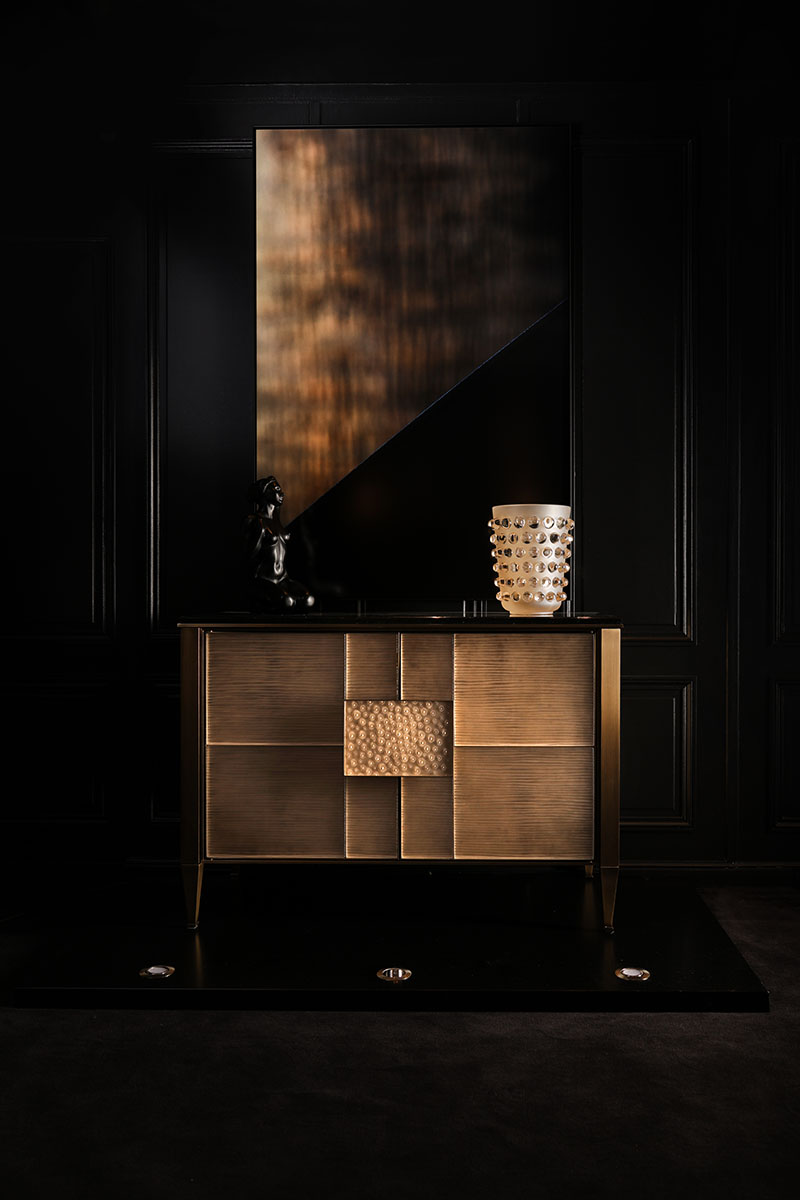
How would you describe your design aesthetic?
The aesthetics of my designs are often based upon symmetry, axes, simplicity, and precision. I have, of course, the creators, painters, architects, and designers who inspire me in every period. For the 1930’s, René Lalique and Emile Ruhlmann are my favourites.
You also design private residences, which I imagine is a very different experience?
Private residences are different because I put myself at the service of the clients. I don’t design for myself. I design their homes for their unique lives. There must be great confidence and trust in the process to succeed.
You have described the process of creating a scene through lighting, furniture, etc. Could you tell us more about this approach?
The goal of the project is the overall scene we want to create. The plans and construction become the décor. The all-important lighting emphasizes the architecture and sets the mood. The uniforms are like the costumes. The ambiance is enhanced by the music. And the clients are the actors in this scene.
What advice would you give to aspiring interior designers?
To be humble, to be curious, not to follow the trends, and to be true! Finally, to love what we do.


